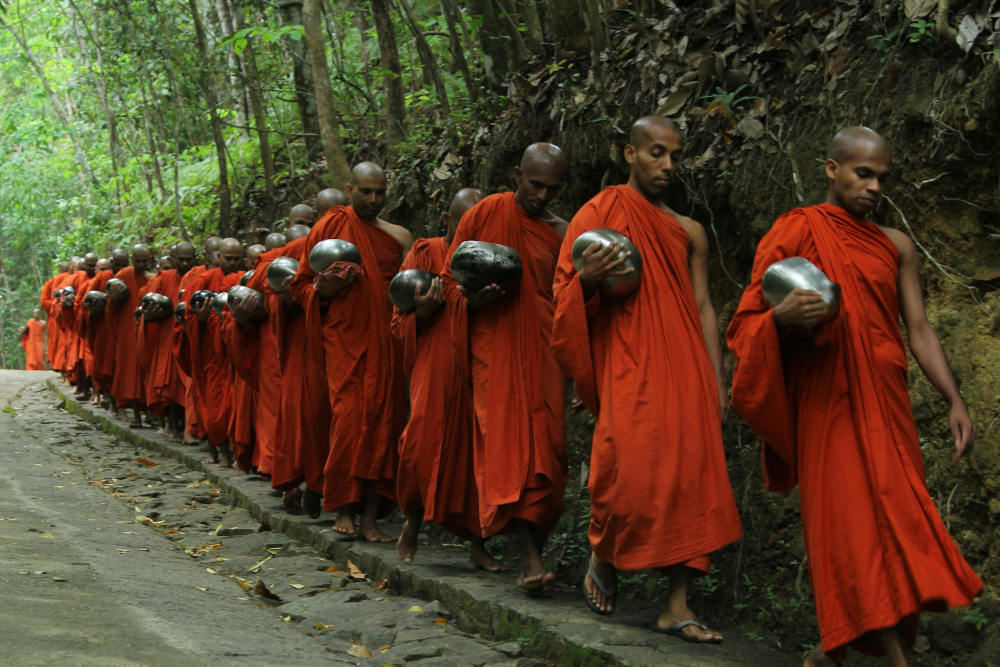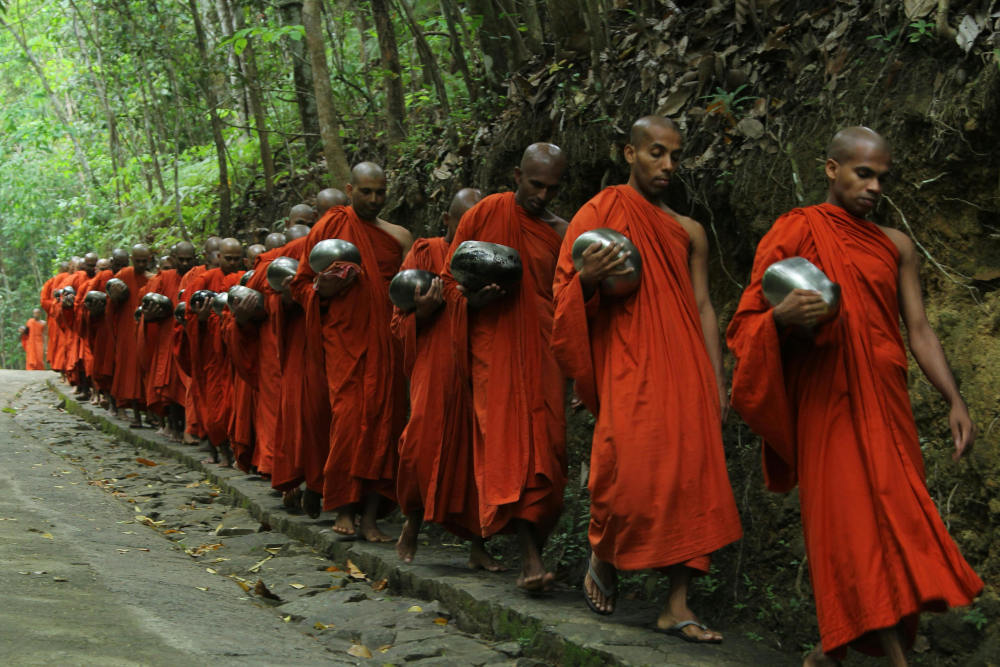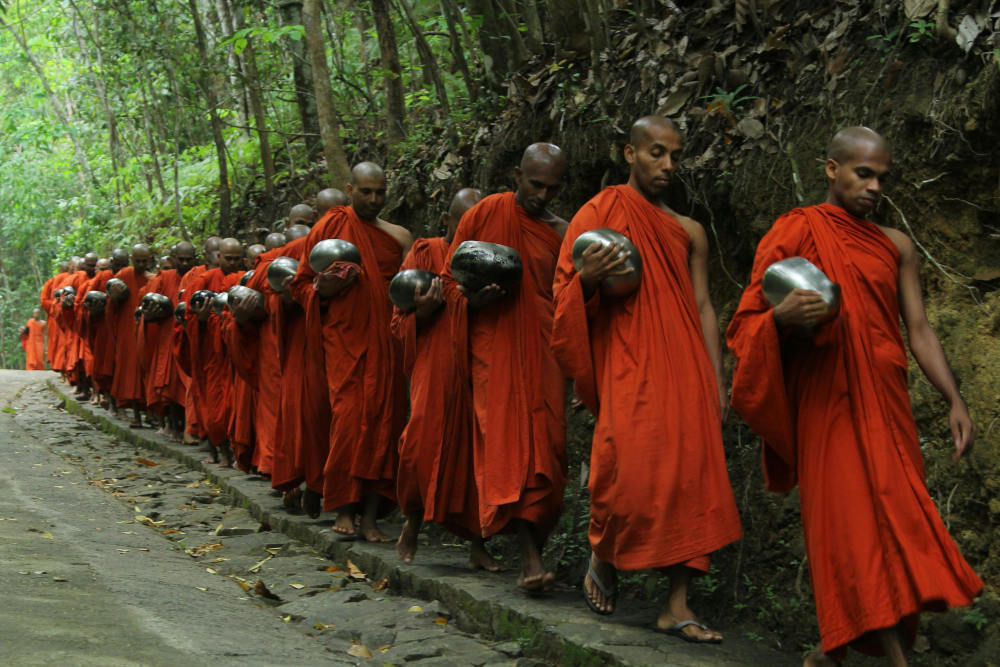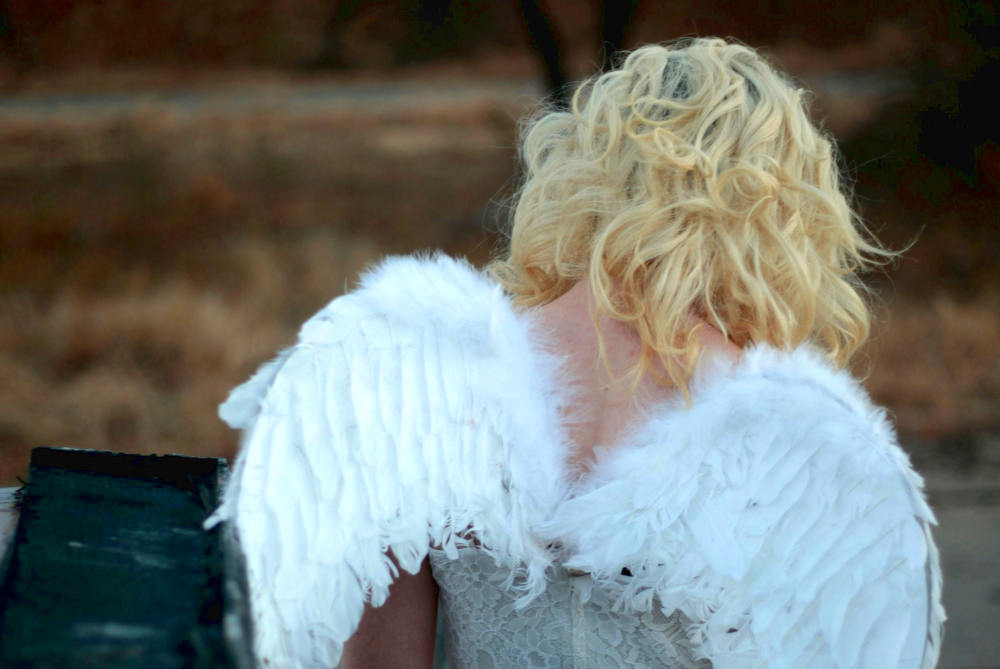
Although soccer is a straightforward game that requires very little gear, there are some essential items that soccer players must don. According to the rules of the game created by the Federation Internationale de Football Association (FIFA), a body governing the game globally, players must wear shorts, jerseys, shin guards, socks, and cleats.
Knowing the essential soccer gear you need to wear to stay safe and comfortable on the field is critical whether you're a beginner or a seasoned player.
In this guide, I will discuss the essential soccer gear every player should wear and why.
Panaprium is independent and reader supported. If you buy something through our link, we may earn a commission. If you can, please support us on a monthly basis. It takes less than a minute to set up, and you will be making a big impact every single month. Thank you!
Soccer cleats

Cleats are a highly vital aspect of a soccer player's attire. That is because a player must not only be able to run for hours and miles throughout a match but also obtain the perfect accuracy off of the cleat for dribbling, passing, and shooting.
The first element to examine when choosing a cleat is the style a player desires with the shoes. Low-cut alternatives provide a lot of maneuverability, but some individuals dislike the lack of ankle support. A greater cut will offer a more locked-in feel, which can be helpful when the playing surface is less than perfect.
Soccer cleats are designed specifically for players to provide field traction. They have studs on the bottom that help players run, stop, and change direction quickly without slipping. Wearing the correct soccer cleats can also prevent foot and ankle injuries.
Shin guards

Shin guards are a must-have for soccer players as they protect the shins from injury. They are made of hard plastic and are designed to absorb the impact of a collision with another player's foot or the ball. Wearing shin guards can prevent bruises, cuts, and even fractures.
Socks

These are basically knee-length stockings. They must completely cover the player's shin guards. If a player's socks fall during play, the official will instruct him to pull them up.
Soccer socks are long and stretchy to support and protect the feet and lower legs. They are also designed to hold the shin guards in place. Wearing the right socks can prevent blisters and keep the feet dry and comfortable.
Shorts

Soccer shorts are usually comfortable, lightweight, and short generally. This ensures that soccer players are not weighed down when running around the field. Goalkeepers are The only people who can wear long pants with some padding under them.
The shorts typically do not have pockets because other players can grab them during play. Players can wear undershorts or tights beneath their shorts, but the color of the tights and undershorts must match the color of the player's shorts.
Jersey

Whether it is a simple T-shirt or a jersey, all soccer players should have a short sleeve top on during a match. However, if it is a bit chilly or cold outside, players may be allowed to don long sleeves. The color doesn't matter, and it is usually up to the teams playing to decide.
But players must match the hue of their top with any layers under. Also, the goalkeeper is supposed to wear different colors from other players on the team. This allows referees to see clearly who is touching the ball with their hands.
Goalkeeper gloves

The goalkeeper wears gloves to protect their hands from injury and provide a better grip on the ball. A goalie's gloves can come very padded to get in the way of any shot.
Other players can also wear gloves if it is very chilly. But these are usually very lightweight and seamless to throw on or take off if it gets warm.
Compression gear

Players wear compression gear to improve circulation and reduce muscle fatigue. It is usually worn under the jersey and shorts. Wearing the right compression gear can improve performance and prevent muscle injuries.
Additional safety gear
At youth levels, players in soccer may choose to wear some head protection. This is attributed to increased concussions in the sport, mainly when using headers for the first time. Some young leagues have foregone all headers altogether, eliminating the need for head protection. Some additional gear includes:
Headgear

Some players wear headgear to protect their heads from injury. It is usually made of lightweight materials and is designed to absorb the impact of a collision. Proper headgear can prevent head injuries and give players more confidence on the field.
Nonetheless, If a professional soccer player wants to wear headgear, the governing body must approve it first. Similarly, it should be so soft that it doesn't give the player an advantage against other players.
Mouthguard

Some players wear a mouthguard to protect their teeth and mouth from injury. It is usually made of soft plastic and is designed to absorb the impact of a collision. Wearing the right mouthguard can prevent dental injuries and give players more confidence on the field.
Other examples of additional gear include wearing a cup, inserting padding in different regions, and other less typical protective gear. This typically boils down to athletes returning from an injury or being sensitive to a certain ailment.
Why do some soccer players wear a bra?

Many soccer players wear a bra during their training sessions but why?
GPS bras are pretty widespread at major football clubs. They are used for practice or trials. These bras capture both pitch movements and physical data.
This makes it easy to analyze: how quickly the player is moving, where he is going, what his heart rate is like, and so on. The neoprene bra has a GPS and a small monitor with a chip that captures all motions. They can aid in the optimization of the player's moves.
Bottom line
In conclusion, wearing the right soccer gear is essential for every player to stay safe and perform at their best. Each piece of equipment plays an important role in helping players stay safe and comfortable on the field, from cleats to shin guards to compression gear. So, ensure you have all the essential soccer gear before stepping onto the field.
Was this article helpful to you? Please tell us what you liked or didn't like in the comments below.
About the Author: Dinushka Breaker Gunasekara
What We're Up Against
Multinational corporations overproducing cheap products in the poorest countries.
Huge factories with sweatshop-like conditions underpaying workers.
Media conglomerates promoting unethical, unsustainable products.
Bad actors encouraging overconsumption through oblivious behavior.
- - - -
Thankfully, we've got our supporters, including you.
Panaprium is funded by readers like you who want to join us in our mission to make the world entirely sustainable.
If you can, please support us on a monthly basis. It takes less than a minute to set up, and you will be making a big impact every single month. Thank you.































0 comments